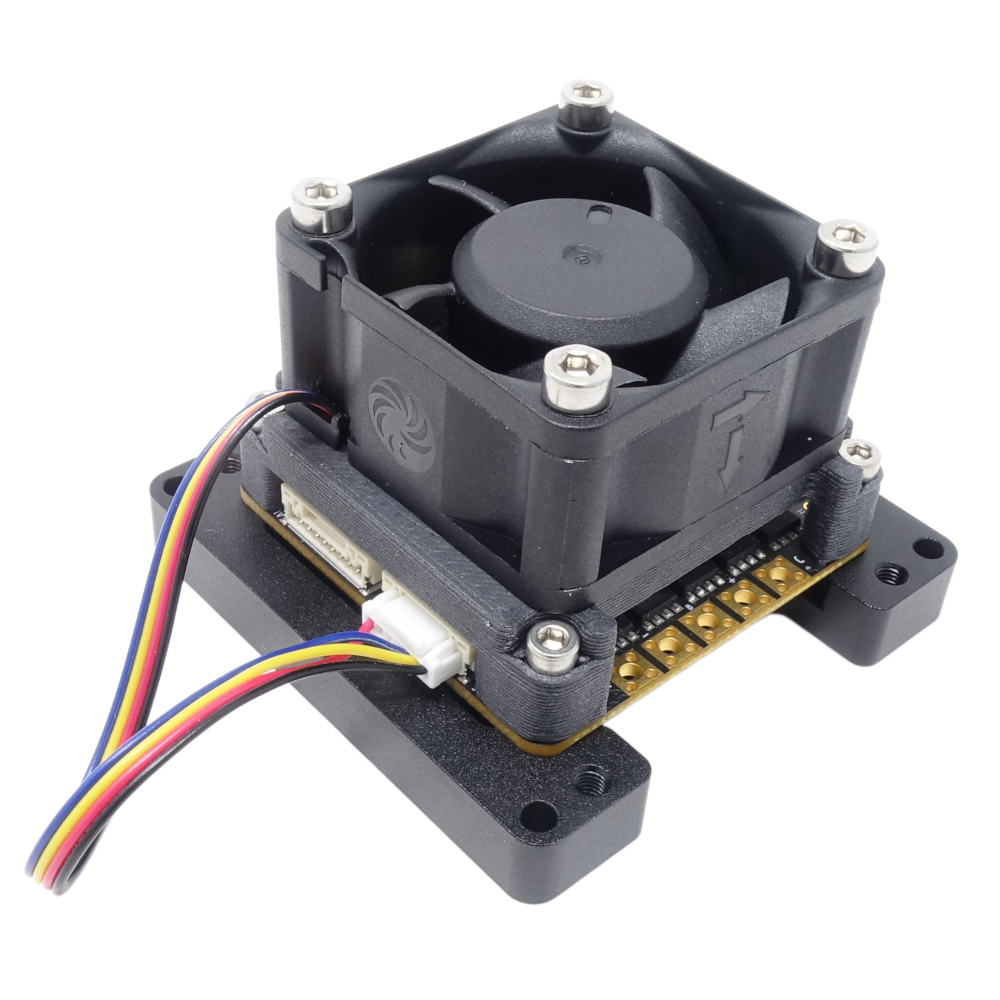Updated moteus output specifications
Using the newly data from the newly released moteus performance analysis tool, we’ve gone and updated the rated output currents for each moteus controller. The conventions for such ratings are measured at 24V supply voltage with the default PWM frequency selected.
In addition, each value has a link to the mpat page which shows that value in context, so you can see for instance that the 62A current with maximum cooling for the moteus-x1 requires even more cooling than just a 12V fan alone provides.

